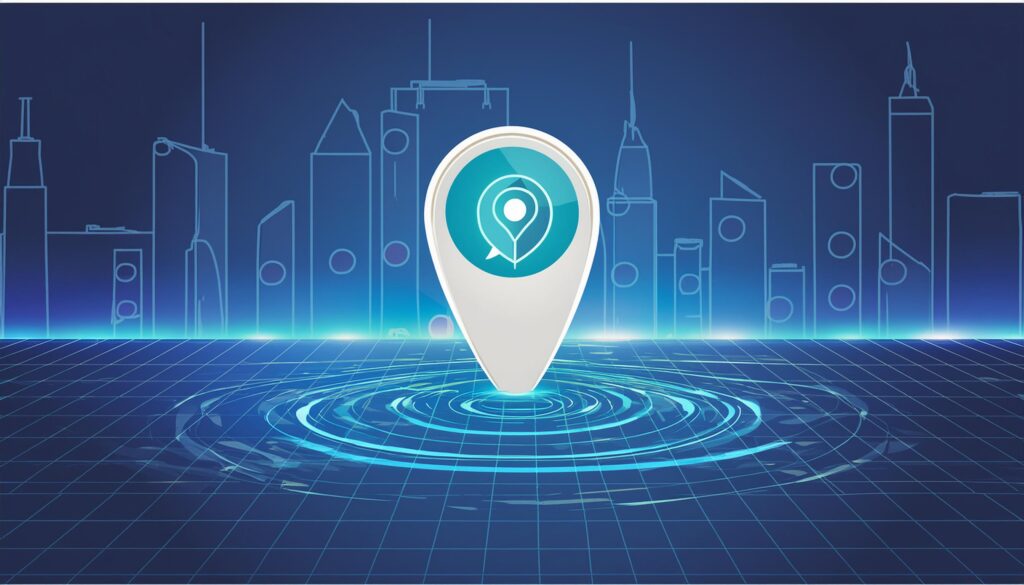
Phone positioning and location services play a crucial role in modern smartphones, enabling a wide range of applications from navigation to augmented reality. Here’s a comprehensive overview of how these technologies work and their impact on enhancing connectivity and user experience.
How Phone Positioning Works
Phone positioning relies on a combination of technologies to determine the device’s location:
- GPS (Global Positioning System): Utilizes satellites to provide accurate geographic coordinates, enabling precise location tracking.
- Assisted GPS (A-GPS): Enhances GPS performance by using cellular networks to quickly acquire satellite signals and improve accuracy, especially in urban areas or indoors.
- GLONASS and Galileo: Satellite navigation systems operated by Russia and the European Union, respectively, offering additional global coverage and redundancy.
Location-Based Services (LBS)
Location-based services utilize the phone’s positioning capabilities to offer personalized and context-aware experiences:
- Navigation: Apps like Google Maps or Apple Maps provide turn-by-turn directions, traffic updates, and points of interest based on real-time location data.
- Geotagging: Allows users to tag photos or social media posts with geographic information, enhancing sharing and memory keeping.
- Location-Based Advertising: Businesses use location data to deliver targeted ads based on a user’s whereabouts, improving relevance and effectiveness.
- Emergency Services: Enables accurate location reporting during emergencies, helping responders reach individuals in need faster.
Impact on Connectivity and User Experience
- Enhanced Connectivity: Accurate location data facilitates seamless connectivity to Wi-Fi networks, cellular towers, and other devices, optimizing network performance.
- Augmented Reality (AR): AR applications overlay digital content onto the physical world based on real-time location data, enhancing gaming, navigation, and retail experiences.
- Fitness and Health Tracking: Devices use location data for tracking outdoor activities like running or cycling, providing metrics such as distance traveled and elevation gained.
- Privacy Considerations: As location data becomes more integral to smartphone functionality, ensuring user privacy and data security remains paramount, with many apps offering granular control over location sharing settings.
Future Trends and Innovations
- 5G Integration: The rollout of 5G networks promises faster and more reliable location data transmission, enhancing real-time applications like autonomous driving and smart cities.
- Indoor Positioning Systems (IPS): Advances in IPS technologies using Bluetooth Low Energy (BLE) or Wi-Fi enable precise location tracking indoors, benefiting retail analytics and indoor navigation.
- Machine Learning: Algorithms analyze location data to predict user behavior and preferences, enabling personalized recommendations and services.
In conclusion, phone positioning and location services are integral to the functionality and user experience of modern smartphones, powering a wide array of applications from navigation and AR to personalized services and emergency response. As technology continues to evolve, these services will play an increasingly pivotal role in connecting users to their surroundings and each other. Stay informed about the latest advancements in smartphone technologies to make the most of these innovative capabilities.